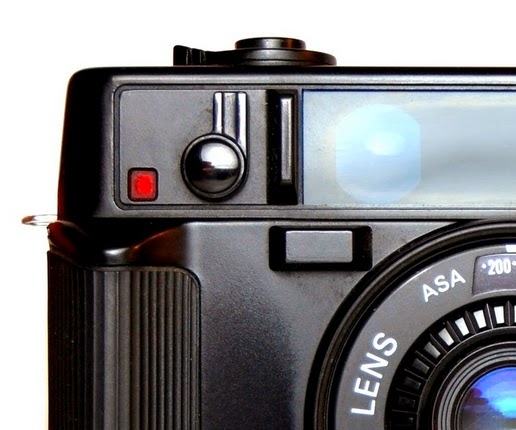Shooting Fuji Instax Square in a Kodamatic Instant Camera
For the longest time, I've been looking out for a Kodak instant camera.
Not for the body, or the film, or some incredibly sharp sleeper lens.
What I wanted was the CRANK.
You see some of them had hand-cranked rollers. With a hand crank roller I could hand develop Fuji Instax film, which I have been trying to find a way to do so for a long time. Also see an attempt here.
Now I can. BECAUSE, I received from a whole lot of them.
They come from a fellow collector named Bill O who helped me out with some lenses for a LEGO INSTAX CAMERA-building workshop I'm running in February for teens in my town of New Westminster.
The lenses also were beyond generous:
Aren't they pretty. Don't mind the dust. That's just my scanning platen.
But back to the Pleaser II as pictured at the very top. The big feature is supposed to be the Handle. Kodak even had a model called "The Handle".
With the CRANK, I hoped I could develop Fuji Instax Mini film. Developing in Fuji Instax Camera is possible but you get into the problem making sure the camera doesn't EXPOSE your already exposed film.
Another option would be to have a Diana Instant Film Back but you have to think about batteries. But with a roller system you could do it by hand,...as long as you had a dark room or a dark bag (okay, okay, there are always trade-offs when hacking cameras) --- indeed, I really wanted some way of running the rollers without a motor or batteries.
The overall concept is to make the whole Fuji Instax film experience more manual. Manual lens, manual focus, manual aperture...and now manual development.
I'm happy to report, the Kodak rollers, spacing and such, WORK!
I know this because I shot Instax Square film in the Pleaser II.
It took some doing. Many of the Kodamatics took J batteries.
The above image are ALL the J batteries I found inside all the Kodamatics. Some of the models were quite clever. They had an extra battery storage slot for the spare.
While far better than the Polapulse batteries found in a Polaroid Film Pack, the J batteries aren't available at your local store. There were Kodamatics that took AA batteries, like this Partyflash II.
The Pleaser II, the one with the cranked rollers, used the J batteries. And I didn't just want to test the rollers. I wanted to test the camera itself. So I made my own J battery. With bits of copper from a Polaroid 600 camera, a couple of watch batteries from my local supermarket and some red tape I was able to run 6 volts into the light meter AND the shutter mechanism.
Those little watch batteries could never run a motorized development process, but it worked just fine for the shutter and meter.
I put a sheet of Fuji Instax Square inside a Kodak Instant Color Film pack aka Trimprint. I took a shot of my boy.
Notes of interest. Kodak Instant Film was ISO 150. Fuji Instax which uses KODAK instant film technology shoots at ISO 800.
I assumed that the Kodak film was faster and had set the Kodak Pleaser II to overexpose the Instax Film and yet it turned out fine!!?? So my question is: could the battery, though at 6 volts, be somehow under-powered (amperage or some such) so that the camera set to overexpose (albeit accidentally) properly exposed the Instax.
Something to ponder.










Comments